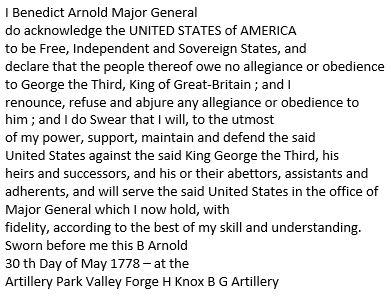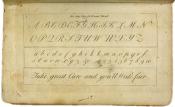
So you have found an old document that has your ancestor’s name but it hasn’t been transcribed and you just can’t read most of it. Spelling wasn’t standardized until around 1828 in the United States when education became compulsory. Also, while the alphabet was the same as it is now, the printing wasn't always the same. What to do?
Follow these steps for transcribing a document.
First, make a copy of the document by scanning it so you don’t accidentally damage your original. Use a sheet of paper (or an open Microsoft Word document) so that you can write out or type out the document word for word.
Second, read the document carefully and then read it aloud slowly. This way you can sound out the words that may be written phonetically. Write out what you can read, but if you don’t know what a word is skip it and leave a space so you can add the word later. Don’t correct the spelling just transcribe what you see, mistakes and all. Learn what common abbreviations mean, for example, we know the "sr" at the end of a name stands for senior and, "jr" stands for junior. Genealogy In Time's website has a list of abbreviations. Refer to these when you get stumped.
Practice makes perfect. You might need this handwriting sampler from the 18th century to work on the item below.
Let’s try decoding Benedict Arnold’s oath of allegiance to the United States. Here is a partial transcription of the oath. Can you fill in the empty spaces?

How did you do? Below is the complete transcription of Benedict Arnold's Oath of Allegiance to the United States

For more information on decoding old handwriting, Ancestry.com has an excellent article titled Tips for Reading Old Handwriting. Also in our reference collection, we have Reading Early American Handwriting by Kip Sherry. The book’s call number is Ref/929.1/Spe/1998. While you won't be able to check it out, you can read it in the library. I recommend the website, Do History which has a lot of historical and genealogical items of interest. Their section on How to Read 18th Century British-American Writing is of great help in decoding early American writings.
I hope you enjoy transcribing old documents as much as I do. Should you need any help in your decoding, call Caroline at 352-334-3940.
